Learning Innovation (Blended Learning)
Learning Innovation (Blended Learning)
OVERVIEW
The conception of Learning Innovation and this area of TLC’s work aligns with supporting and achieving the broad statement from the Strategic Plan 2019 – 2025, “To develop smart teaching and learning and other cutting-edge pedagogies with the help of new digital education technologies to support teaching and learning endeavours to meet students’ new learning needs in a rapidly changing world where new knowledge and skills continue to appear and workplace requirements are constantly changing”.
(refer to https://www.ln.edu.hk/strategic-plan/ )
Do you know you have dedicated support staff from TLC?
You have a dedicated TLC staff member who is your primary point of contact for any support. These are;
- Faculty of Arts - jasonmak@LN.edu.hk
- Faculty of Business – [email protected]
- Faculty of Social Sciences - jasonmak@LN.edu.hk
- Others* - [email protected]
*Others including for example – OSA, ITSC, Registry, Core Curriculum, and General Education Office, Science Unit, Office of Service-Learning, School of Graduate Studies, Global Liberal Arts Programme
TLC supports staff across a wide range of activities as aligned to the areas of Strategic Priority. These are;
For Staff |
|||
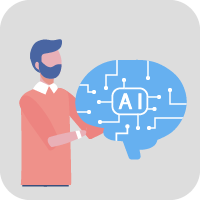 |
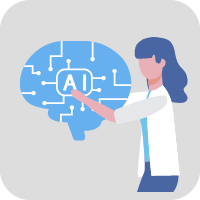 |
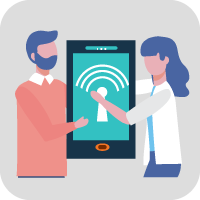 |
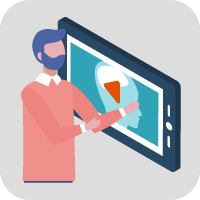 |
 |
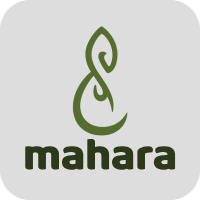 |
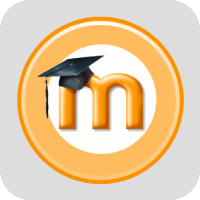 |
|
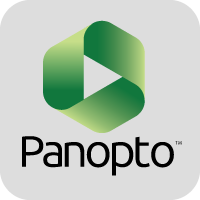 |
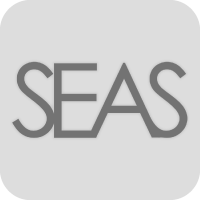 |
 |
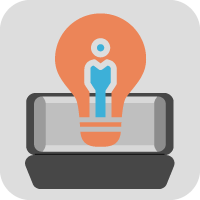 |
For Students |
 |
 |
||
 |
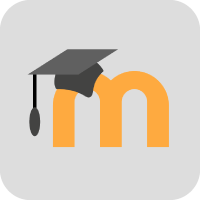 |
 |
 |
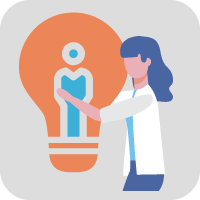 |
 |
||
| Online Blended Learning Course for students | Blended Learning Case Studies |
PRINCIPLES
This approach to Learning Innovation reflects the following principles;
- Learning Innovation is driven by pedagogy rather than technology
- Innovation is defined as “adding new value”. It doesn’t have to be complex or expensive. Even a small change is innovative if it adds new value to an existing process.
- Innovative pedagogy is a practice that incorporates incremental changes to the everyday teaching that incorporate technology as fit for purpose.
- Imposing no prescriptive or a one-size-fits all approach to how learning and teaching is taught in the University, but more to consider the aims of this transformative approach as multi-faceted in the ongoing and evolving context of liberal arts education.
- The goal of innovative learning is to foster real transformation of learning and teaching leading to the enhancement of the students’ learning experience incorporating technology as fit for purpose.
OBJECTIVES
The objectives of this Learning Innovation framework are to;
- Empower both teachers and students to make informed decisions that affect and help their continued practice and approaches to learning and teaching with technology
- Assist teachers and students to find new ways to look at what is currently happening, so they can plan and develop for the future, to align with industry and 21st Century skills
- Develop more opportunities for cultivating the creative process that allows for learning through inquiry; experiences and more importantly, flexibility for growth and innovative pedagogy using technology
- Australasian Journal of Educational Technology
https://ajet.org.au/index.php/AJET
“Australasian Journal of Educational Technology aims to promote research and scholarship on the integration of technology in tertiary education, promote effective practice, and inform policy.”
- British Journal of Educational Technology
https://onlinelibrary.wiley.com/journal/14678535
“BJET is a primary source for academics and professionals in the fields of digital educational and training technology throughout the world.”
- Computers & Education
https://www.journals.elsevier.com/computers-and-education
“Computers & Education aims to increase knowledge and understanding of ways in which digital technology can enhance education, through the publication of high quality research, which extends theory and practice.”
- Journal of Computer Assisted Learning
https://onlinelibrary.wiley.com/journal/13652729
“The Journal of Computer Assisted Learning is an international peer-reviewed journal which covers the whole range of uses of information and communication technology to support learning and knowledge exchange.
- The Internet and Higher Education
https://www.journals.elsevier.com/the-internet-and-higher-education
“The Internet and Higher Education, a is quarterly journal devoted to addressing contemporary issues and future developments related to online learning, teaching, and administration on the Internet in post-secondary settings. It is a peer-reviewed journal intended to be a vehicle for scholarly presentation.”
- The Learning and Technology Library
Centre for Education Innovation (Hong Kong University of Science and Technology)
http://cei.ust.hk/teaching-resources/blended-learning-online-mooc
Centre for Excellence in Learning and Teaching (Iowa State University, USA)
http://www.celt.iastate.edu/teaching/facilitating-learning-with-technology
Centre for Holistic Teaching and Learning (Hong Kong Baptist University)
http://chtl.hkbu.edu.hk/elearning/
Centre for Learning Enhancement and Research (Chinese University of Hong Kong)
http://www.cuhk.edu.hk/clear/pointer/eLearning.html
Center for Teaching (The Vanderbilt University, USA)
Centre for Teaching, Learning and Technology
http://www.lttc.eduhk.hk/?p=7693
Center for Innovative Pedagogy (Kenyon College, USA)
Educational Development Centre (Hong Kong Polytechnic University)
https://edc.polyu.edu.hk/about-eldss
Oberlin Center for Technologically Enhanced Technologically Enhanced Teaching (Oberlin College, USA)
Office of Education Development and Gateway Education (City University of Hong Kong)
http://www.cityu.edu.hk/edge/resources/faculty_resources/it.htm
Teaching at UNSW (University of New South Wales, Australia)
https://teaching.unsw.edu.au/elearning
Technology-Enriched Learning Initiatives (The University of Hong Kong)
General Enquiries
 |
Phone: (852) 2616-7117 |
 |
E-mail: [email protected] |
 |
2/F, B Y Lam Building, |
 |


